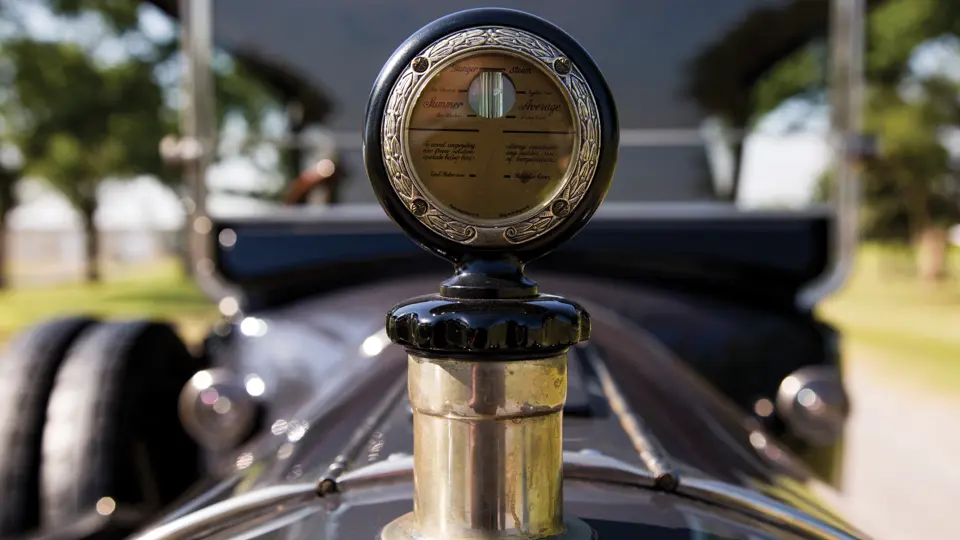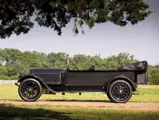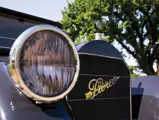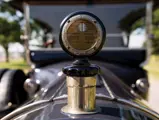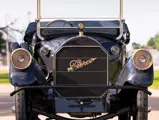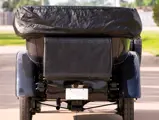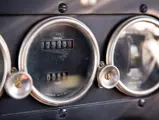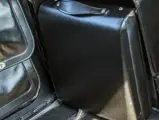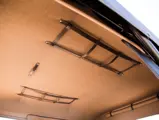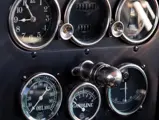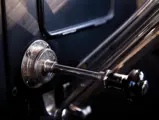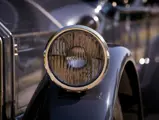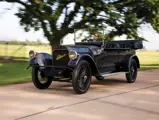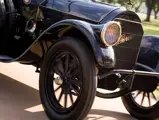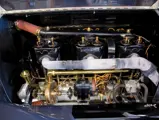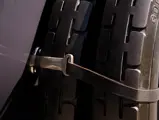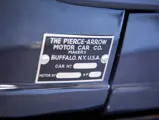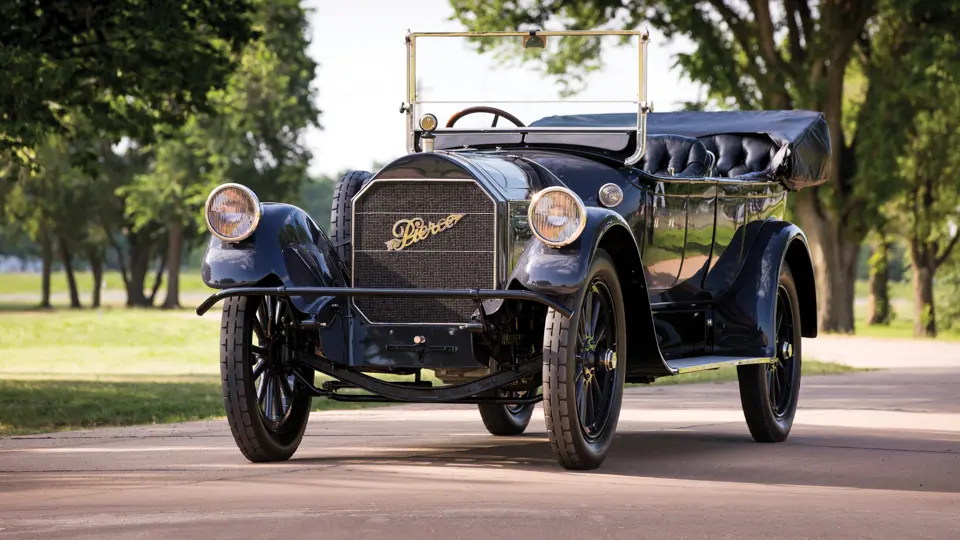
1916 Pierce-Arrow Model 66-A-4 Seven-Passenger Touring
{{lr.item.text}}
$400,000 - $500,000 USD | Not Sold
{{bidding.lot.reserveStatusFormatted}}
- The ultimate Pierce-Arrow; the largest American production engine of its era
- Beautiful restoration and maintenance by Pierce-Arrow experts
- One of only 14 known extant examples
- Classic Car Club of America (CCCA) Full Classic
Est. 92 bhp, 825 cu. in. T-head inline six-cylinder engine, four-speed manual transmission, solid front and live rear axles with semi-elliptical leaf spring suspension, and rear-wheel mechanical drum brakes. Wheelbase: 147.5 in.
THE MIGHTY SIXTY-SIX
The Model 66 Pierce-Arrow occupies the same position among Brass Era automobiles that the Bugatti Type 41 Royale does among its Classic Era brethren. It was the largest, grandest, and most potent thing produced by a manufacturer during its time. For collectors of contemporary automobiles, it is simply the Holy Grail.
The 66 was named for the rated horsepower of its engine, a massive inline six-cylinder mill that, at its introduction in 1910, displaced an immense 714 cubic inches. By 1913, the engine had swelled to nearly 825, and while its name remained the 66, its rating had increased to nearly 100 horsepower. More importantly, the long stroke created the prodigious torque needed to propel its massive chassis and typically luxurious, regal coachwork, usually built—in Pierce-Arrow’s innovative tradition—with cast aluminum panel work and very little wooden framing. For some years, the model was recorded in Guinness World Records as having the largest engine installed in a production automobile.
Some 1,250 Model 66s were built between 1910 and 1918, but only 14 survivors are recorded today. Almost all are held in private collections and rarely, if ever, emerge for sale on the public market.
CHASSIS NUMBER 67219
The car offered here is a Model 66-A-4, the final and most desirable factory series, which was equipped with dual ignition from both a coil-and-battery stem and a magneto, and used aluminum alloy for a number of engine components. Aside from a 66-A-5 prototype, today maintained in the Nethercutt Collection, this is the 66’s most advanced iteration.
According to historian Bernard Weis, chassis number 67219 was acquired by Pierce collector Milo Smith from well-known restorer Carl Amsley of Pennsylvania, who had purchased it from Lewis Crossett of Boston, Massachusetts. Unable to source a correct original cast aluminum body for the chassis, Mr. Amsley had produced a correct body for the car, using new castings to original designs. As many original Pierce-Arrow components as possible were used, including a Model 48 cowl and fenders, which were reshaped and lightly modified to fit the larger Model 66 body and frame. Upon inspection today, one can see that the work throughout was performed with excellent craftsmanship, closely matching the original casting techniques used by the factory. The engine, number A4 269, is recorded by the Pierce-Arrow Society as having been produced between December 1915 and August 1918. RM Sotheby’s has consulted several Pierce-Arrow 66 authorities, including Patrick Craig, all of whom have confirmed this to be a correct 66-A-4 passenger car engine. Furthermore, the original frame stamping, 67219, is still visible under the front floorboard.
Mr. Smith reportedly eventually donated the restored car to his church, after which, in 1999, it was acquired by longtime HCCA member and Pierce enthusiast Norm Buckhart. Mr. Buckhart had a fresh, photo-documented restoration of the car performed by the well-known Allan Schmidt, of Horseless Carriage Restorations in Escondido, California, including full mechanical work, including new bearings, followed by several hundred reliable touring miles in HCCA jaunts. Before selling the car to the current owner, several years ago, Mr. Buckhart had its restoration freshened by the late Pierce-Arrow authority Eric Rosenau, and Mr. Craig performed a thorough mechanical sorting, including adjusting the valves and overhauling the carburetor.
The car today presents beautifully in two-tone grey, complemented by a black folding top with rear quarter windows and wooden artillery wheels with six Johnson rims, an original Pierce-Arrow option, as is the painted radiator shell. It remains extremely attractive in its overall presentation, and with its vast interior and immense power, it would be a superb choice for both shows and tours. As with all 1915–24 Pierce-Arrows, it is now happily recognized as a Full Classic by the Classic Car Club of America and thus can even be used for their CARavans, for which it would be, needless to say, a most distinctive choice.
Simply put, acquisition of a “66” is the dream of any Pierce-Arrow enthusiast. The car offered here is the chance to make a winning bidder’s dream come true.





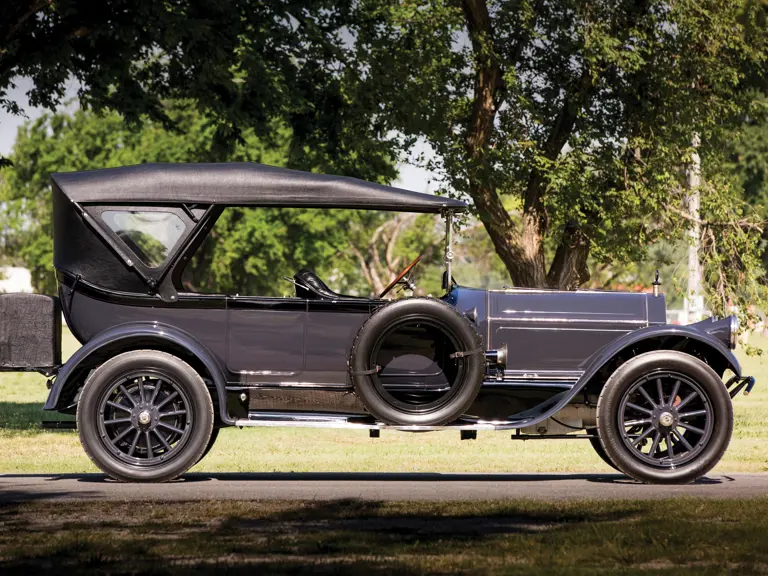
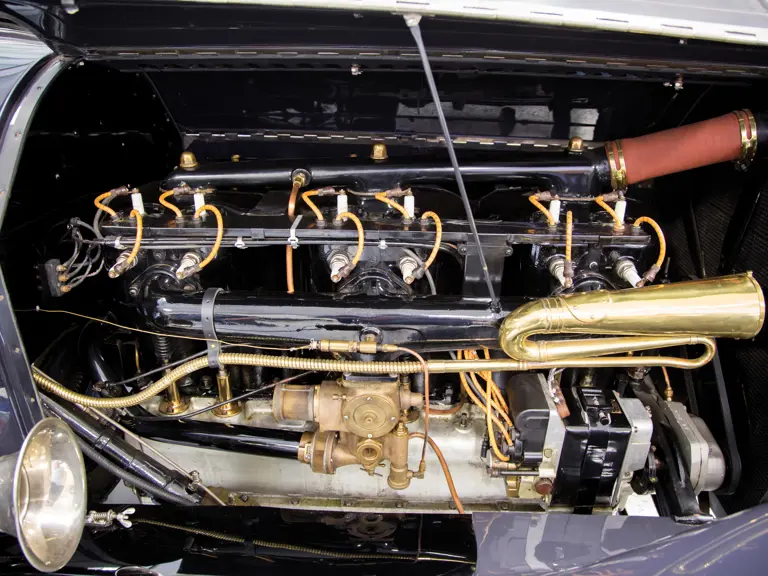
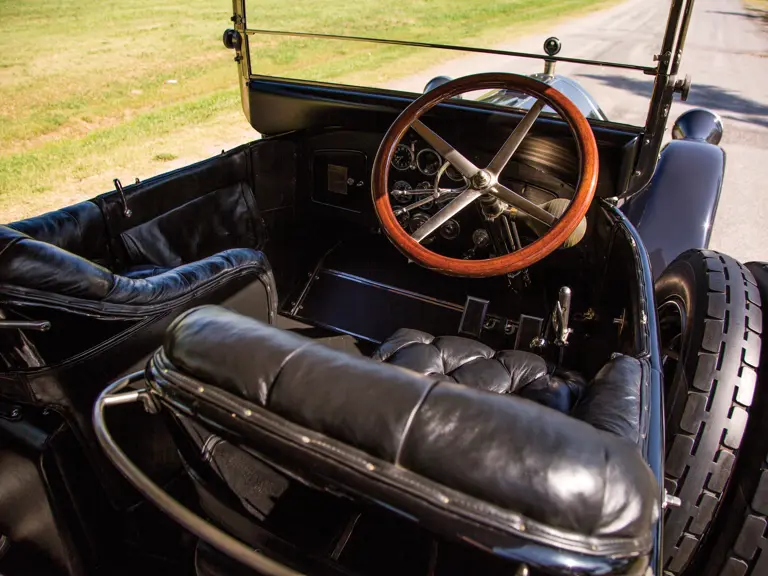



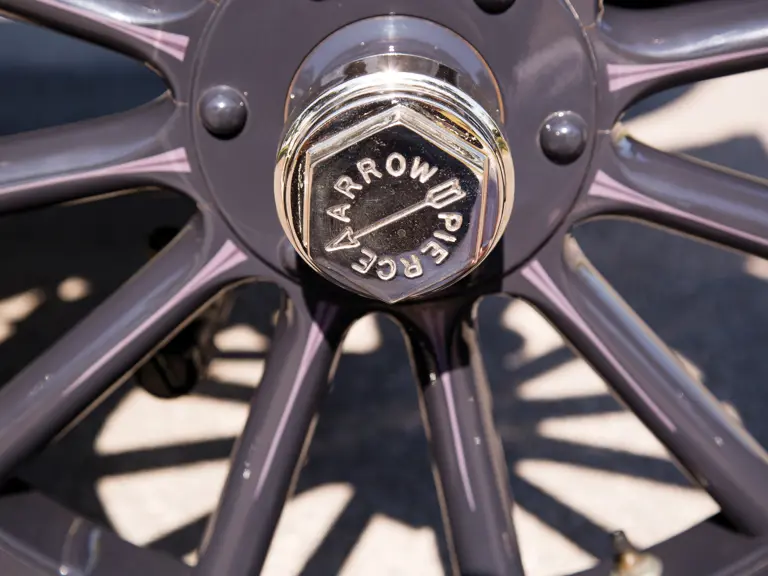
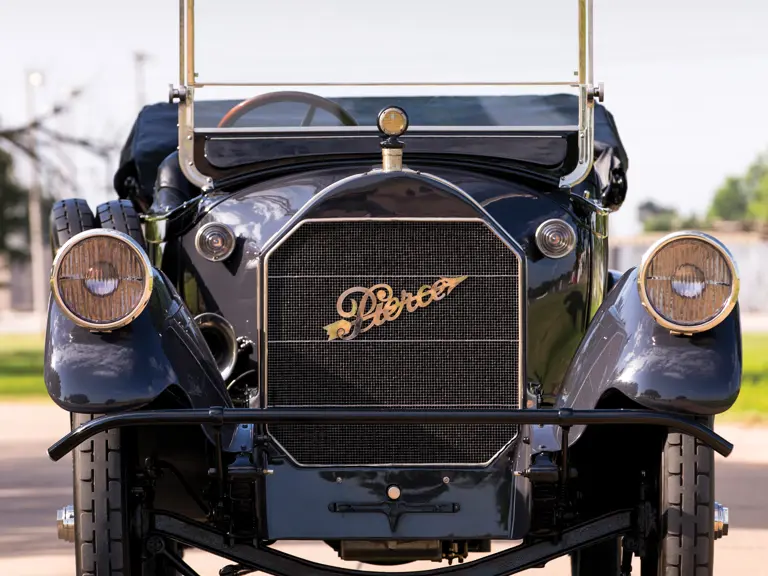
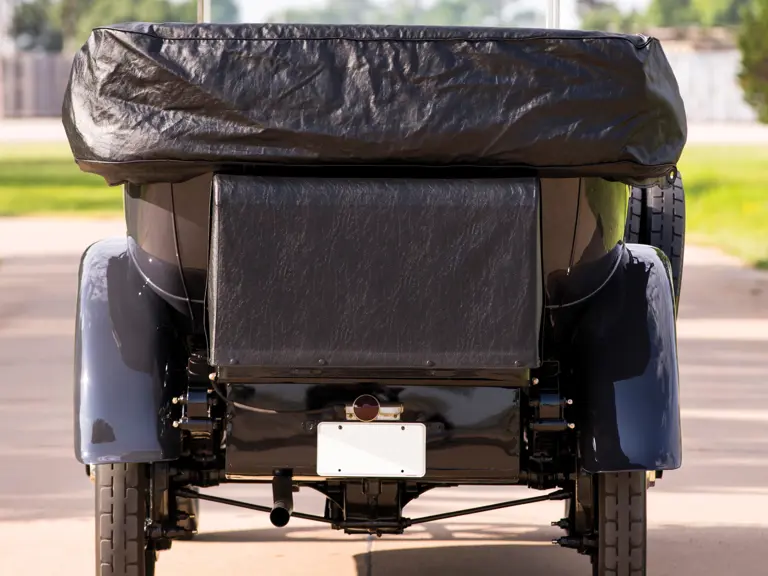
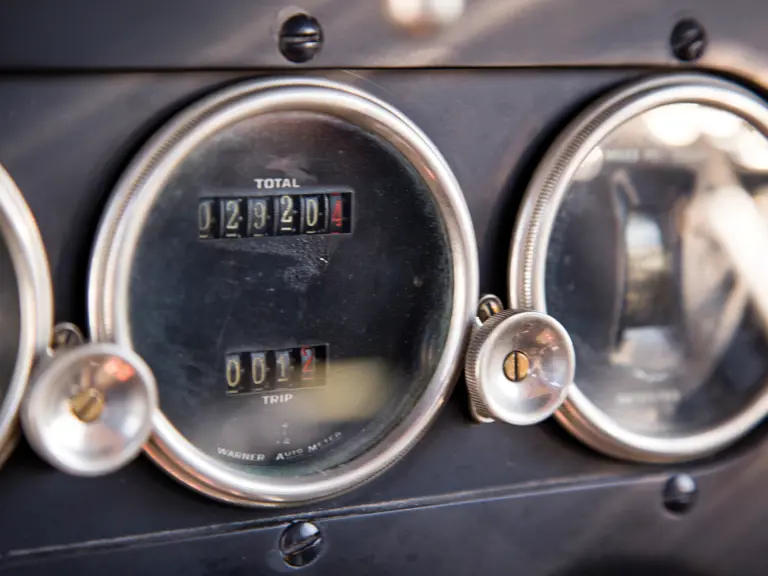
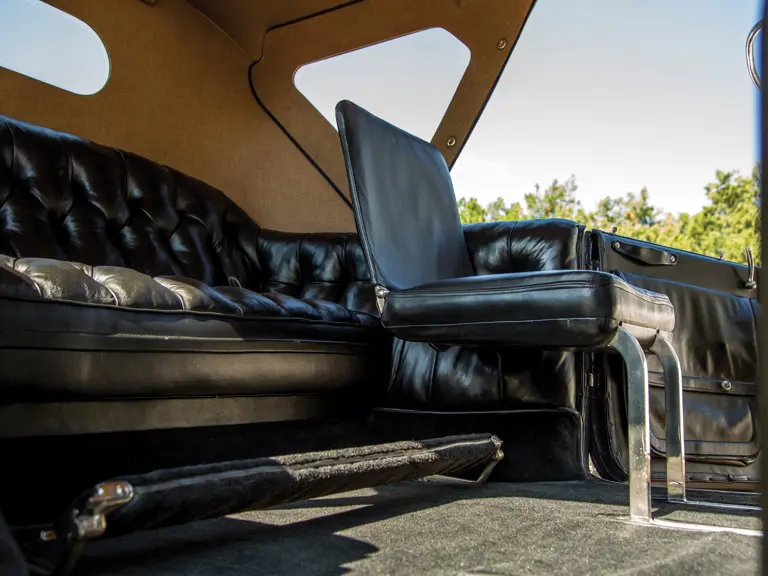
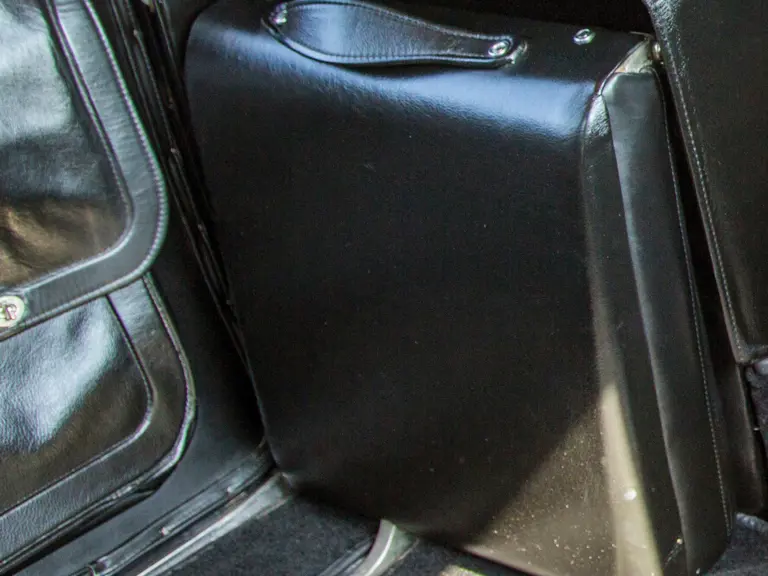
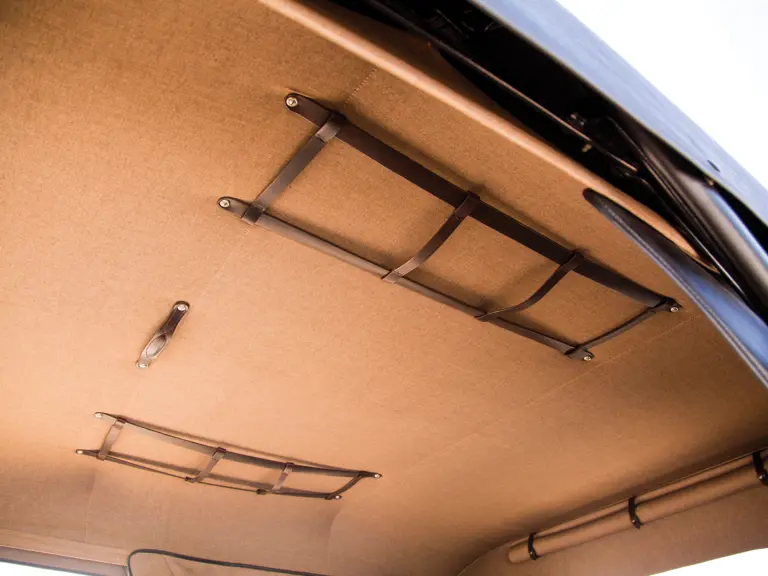
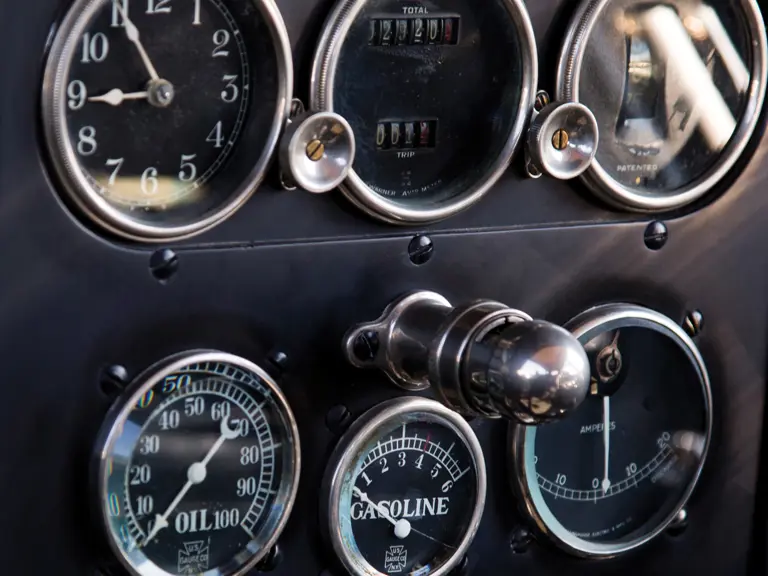

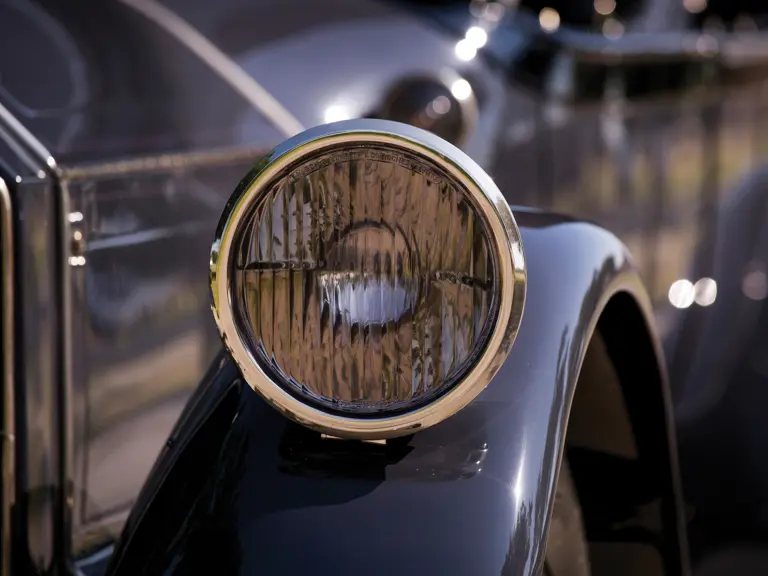
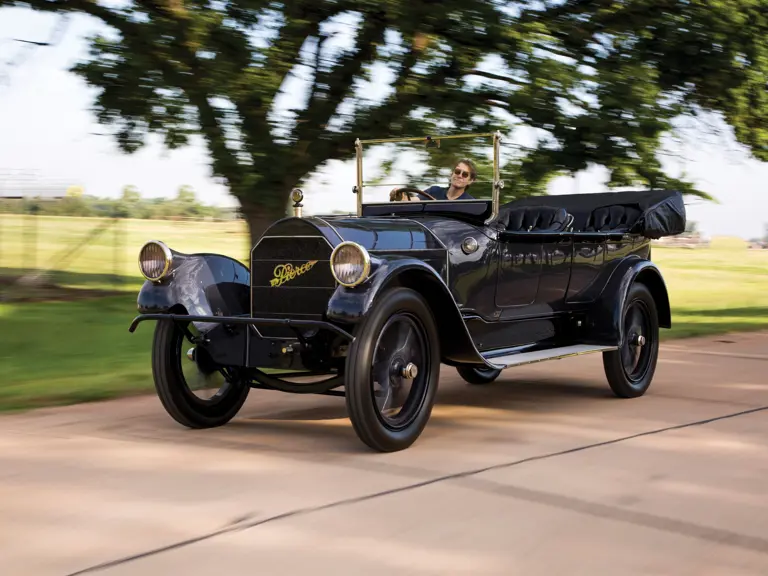




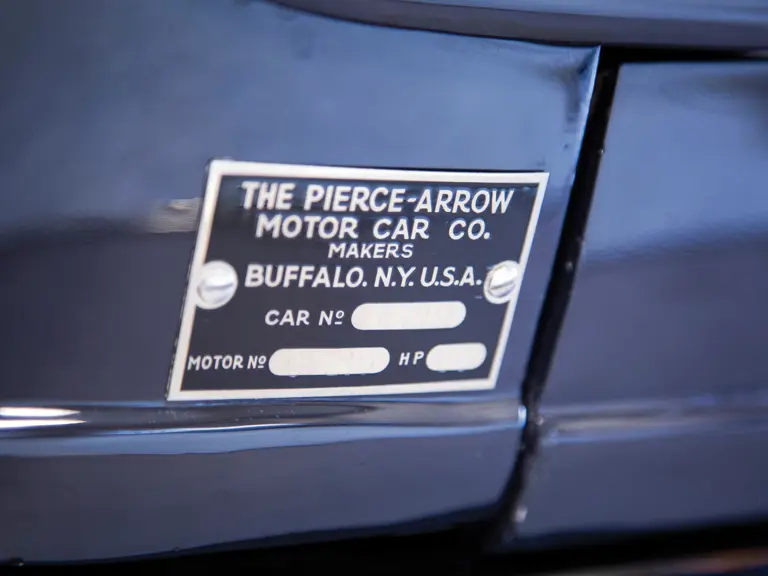
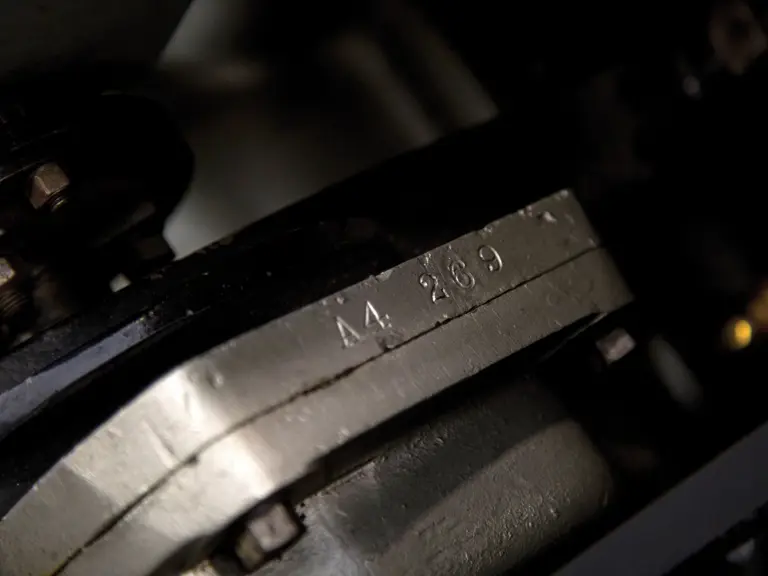
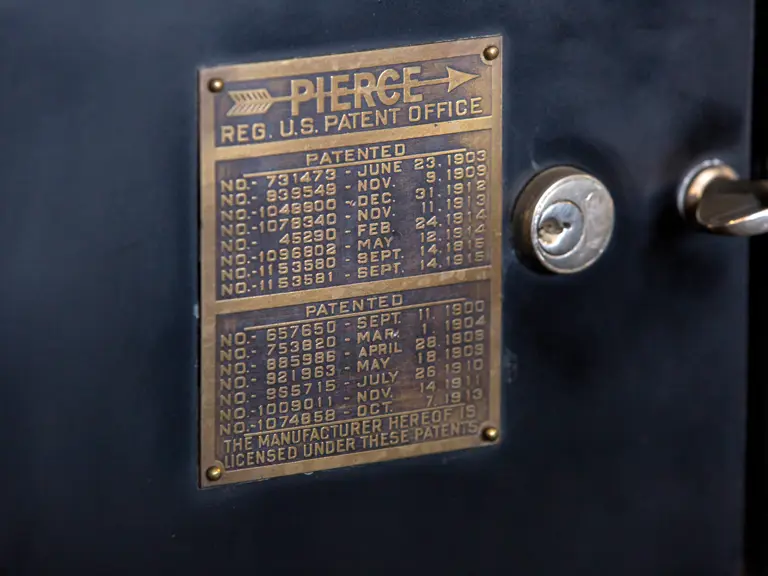
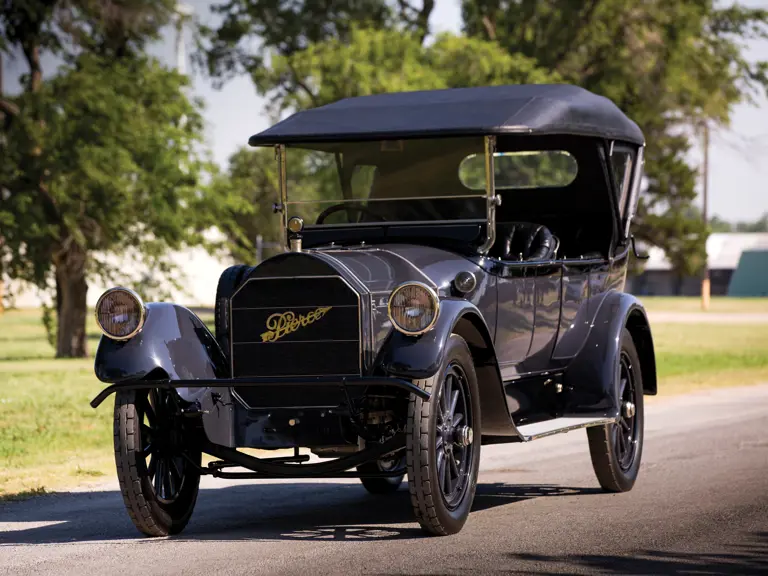
 | Hershey, Pennsylvania
| Hershey, Pennsylvania


